The Professional MAC AFRIC EWP12000U heavy-duty winch packs all the features of the larger type models. Features an automatic screw cone braking system, full steel reducer gear, and a series-wound motor. Ideal for the smaller SUVs, Bakkies (Pickup trucks) requires a high-strength winch.
| Attribute Label |
Value |
| Cable Diameter |
10.2 MM (13/32″ IN) |
| Cable Length |
25.5 M (83.7″ IN) |
| Gear Reduction Ratio |
253:1(Low speed); 34.5:1(Fast speed) |
| Line Speed |
Low: 1.6 – 6 High: 9.4 – 36.3 M/MIN |
| Motor Specifications |
12V:Input: 5.4 KW / 7.2HP; Output: 2.7KW / 3.6HP |
| Motor Type |
Series Wound |
| Mounting Bolt Pattern |
10 “Ã4.5 ” (254mmÃ114.3 mm) 4-M10 |
| Mounting Dimensions |
25.4 x 11.4 MM |
| Package Height (cm) |
34.00 |
| Package Length (cm) |
31.00 |
| Rated Line Pull |
12000 lbs (5443 kgs) |
| Specifications Description |
#html-body [data-pb-style=A5LMQX8]{justify-content:flex-start;display:flex;flex-direction:column;background-position:left top;background-size:cover;background-repeat:no-repeat;background-attachment:scroll}
Pull, Speed, Amperes, Volts (First layer):
| Line Pull |
Line Speed ft/min (m/min) |
Current (A) |
| lbs (kgs) |
12 V DC |
12 V DC |
| 0 (0) |
19.7 (6.0) |
80 |
| 4000 (1814) |
11.5 (3.5) |
245 |
| 7000 (3715) |
9.2 (2.8) |
300 |
| 10000 (4536) |
7.2 (2.2) |
400 |
| 12000(5443) |
5.2 (1.6) |
450 |
Line Pull And Rope Capacity In Layer:
| Layer |
Rated line Pull lbs (kgs) |
Total rope on the drum ft (m) |
| 1 |
12000 (5443) |
16.1 (4.9) |
| 2 |
9562 (4337) |
36.4 (11.1) |
| 3 |
7948 (3605) |
60.0 (18.3) |
| 4 |
6800 (3084) |
83.7 (25.5) |
- High Starting Torque: Series wound motors provide high starting torque, making them suitable for applications requiring high initial torque, such as in electric vehicles, locomotives, and industrial machinery. This characteristic makes them ideal for heavy-duty applications where a high starting torque is necessary.
- Robustness: Series wound motors are typically robust and can withstand overloads and fluctuations in load conditions. This robustness makes them suitable for applications in harsh environments or where the motor may experience varying load conditions.
- Simple Control: Series wound motors have relatively simple control systems, making them easier to operate and control compared to permanent magnet motors. This simplicity can result in cost savings in terms of control equipment and maintenance.
- Variable Speed Operation: Series wound motors can operate over a wide range of speeds with proper control mechanisms. This flexibility in speed control makes them suitable for applications where variable speed operation is required, such as in electric trains and conveyors.
- Cost-Effectiveness: In some cases, series wound motors can be more cost-effective than permanent magnet motors, especially in larger sizes or applications where high torque requirements are needed. This can make them a preferred choice for certain industrial applications.
- High Power Density: Series wound motors can achieve high power density, meaning they can deliver a lot of power in a relatively small and lightweight package. This makes them suitable for applications where space and weight are important factors, such as in automotive and aerospace applications.
It’s important to note that the choice between a series wound motor and a permanent magnet motor depends on various factors including the specific application requirements, cost considerations, efficiency needs, and environmental factors. Each type of motor has its own advantages and disadvantages, and the optimal choice will vary depending on the particular application and performance criteria.
|


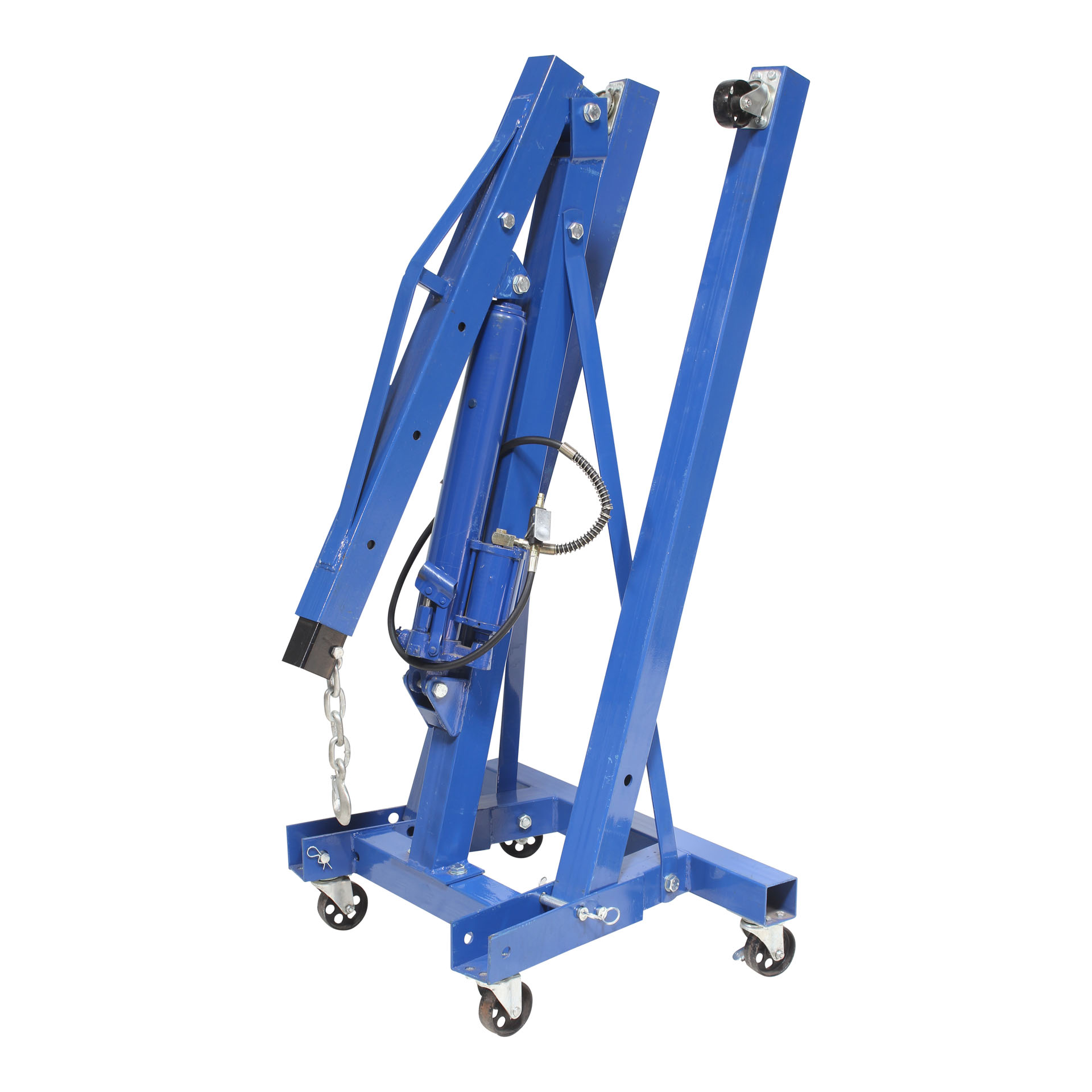
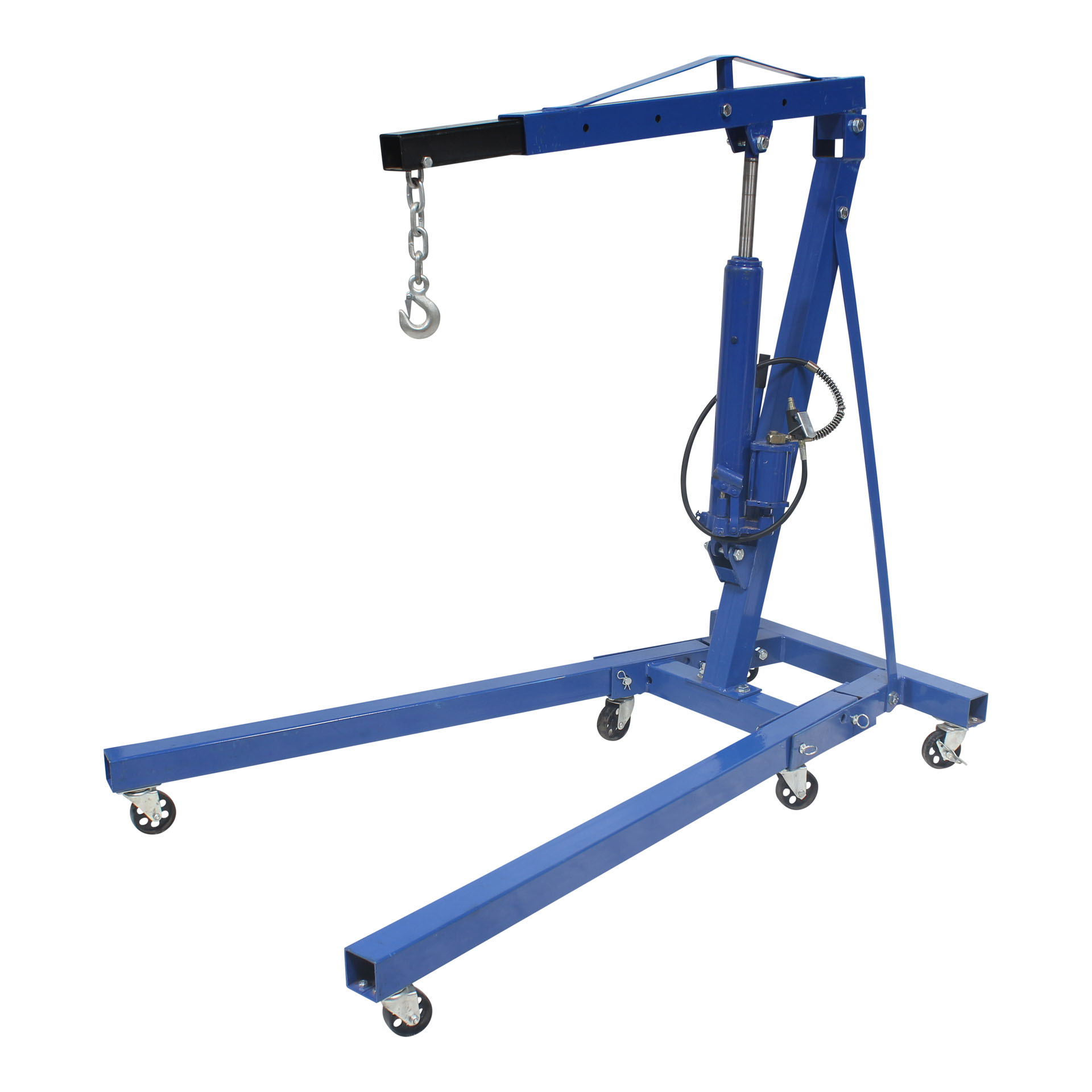
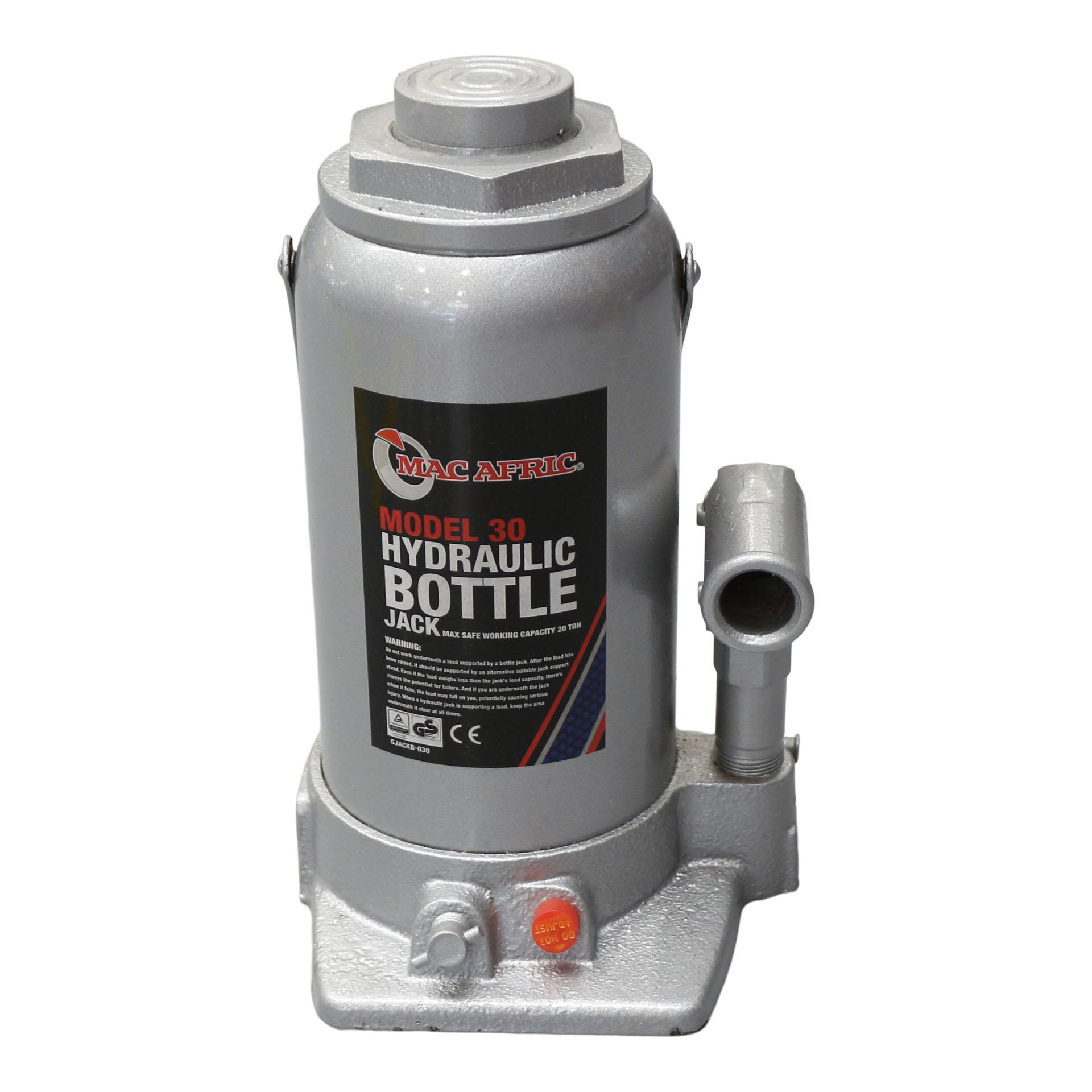
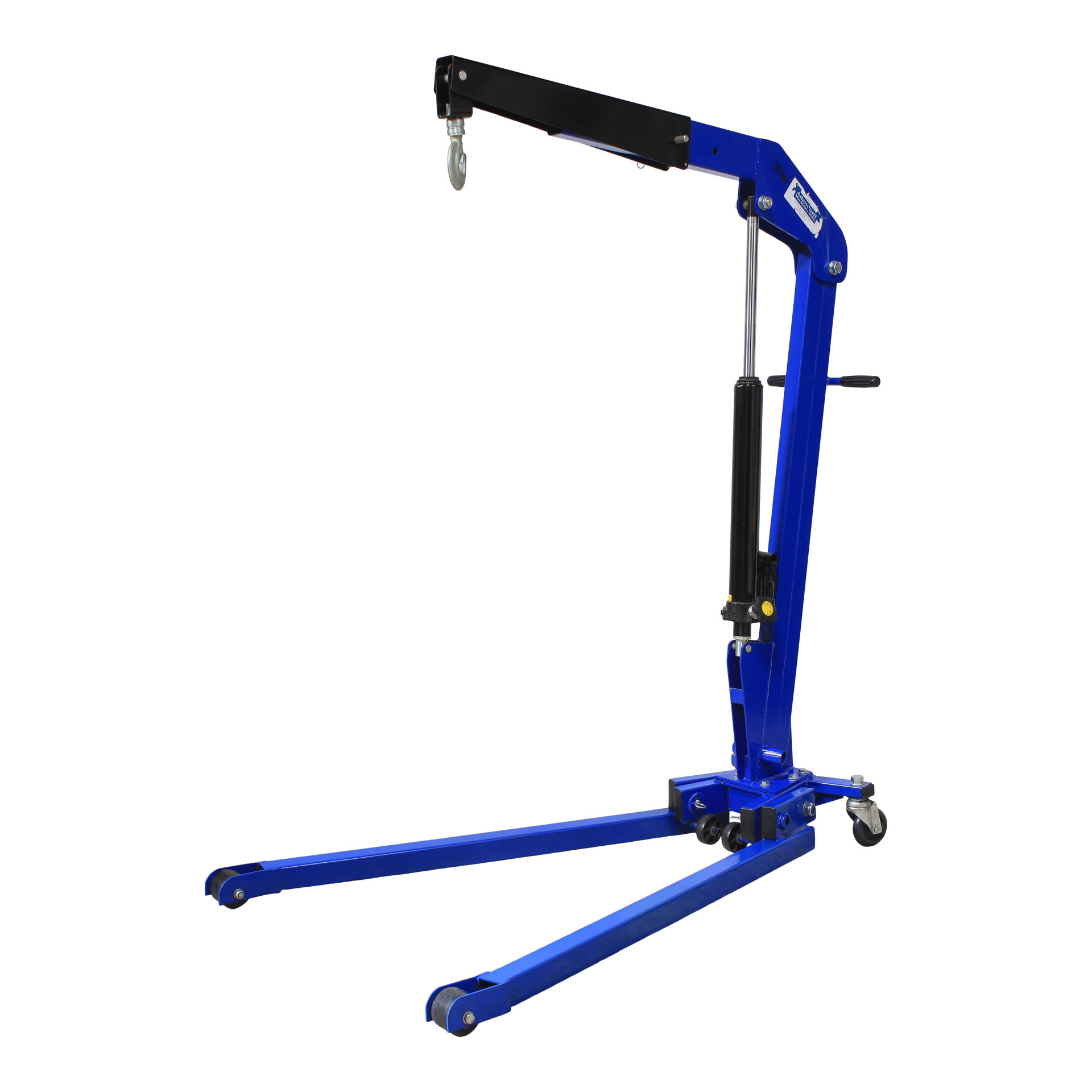
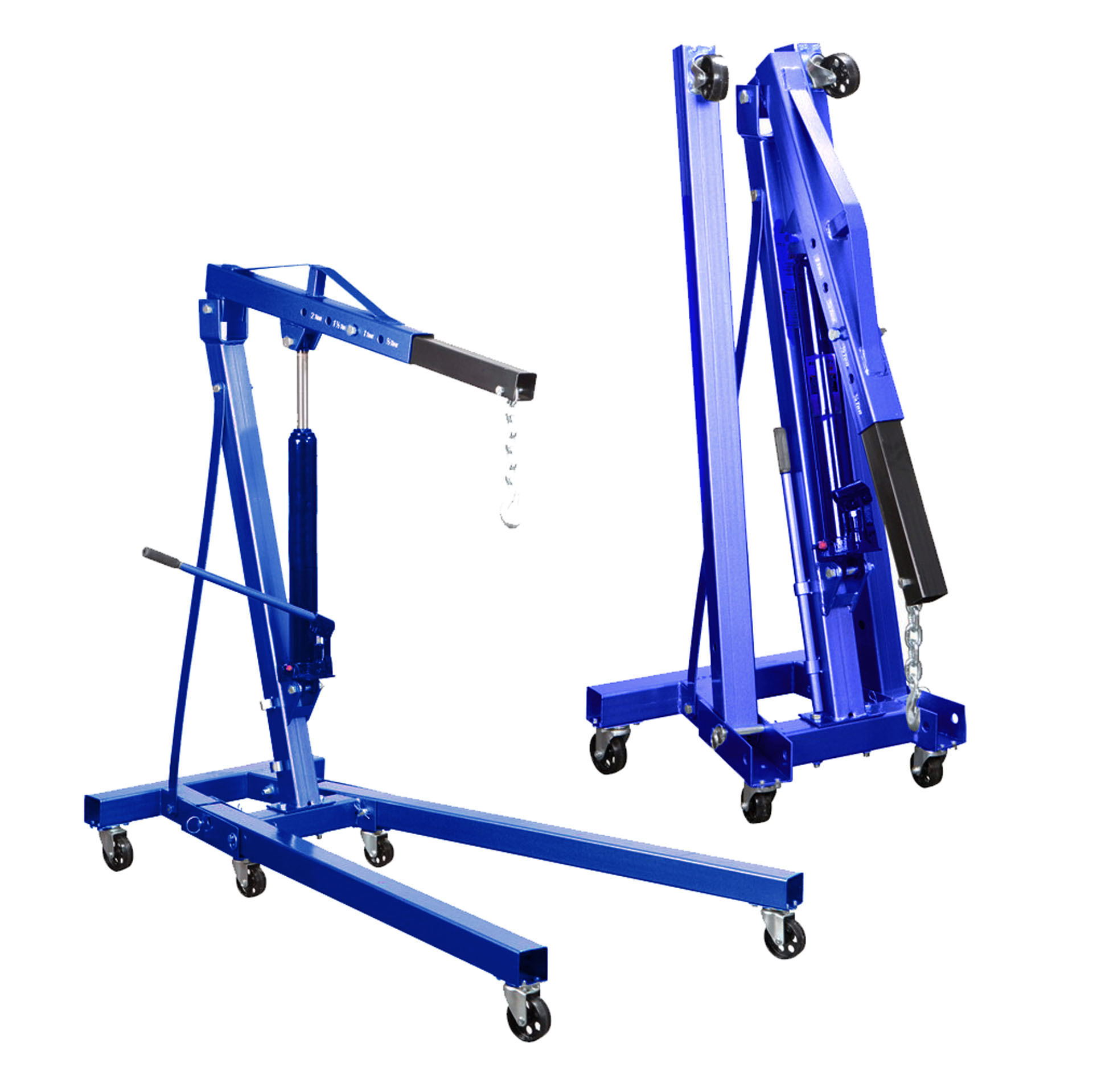
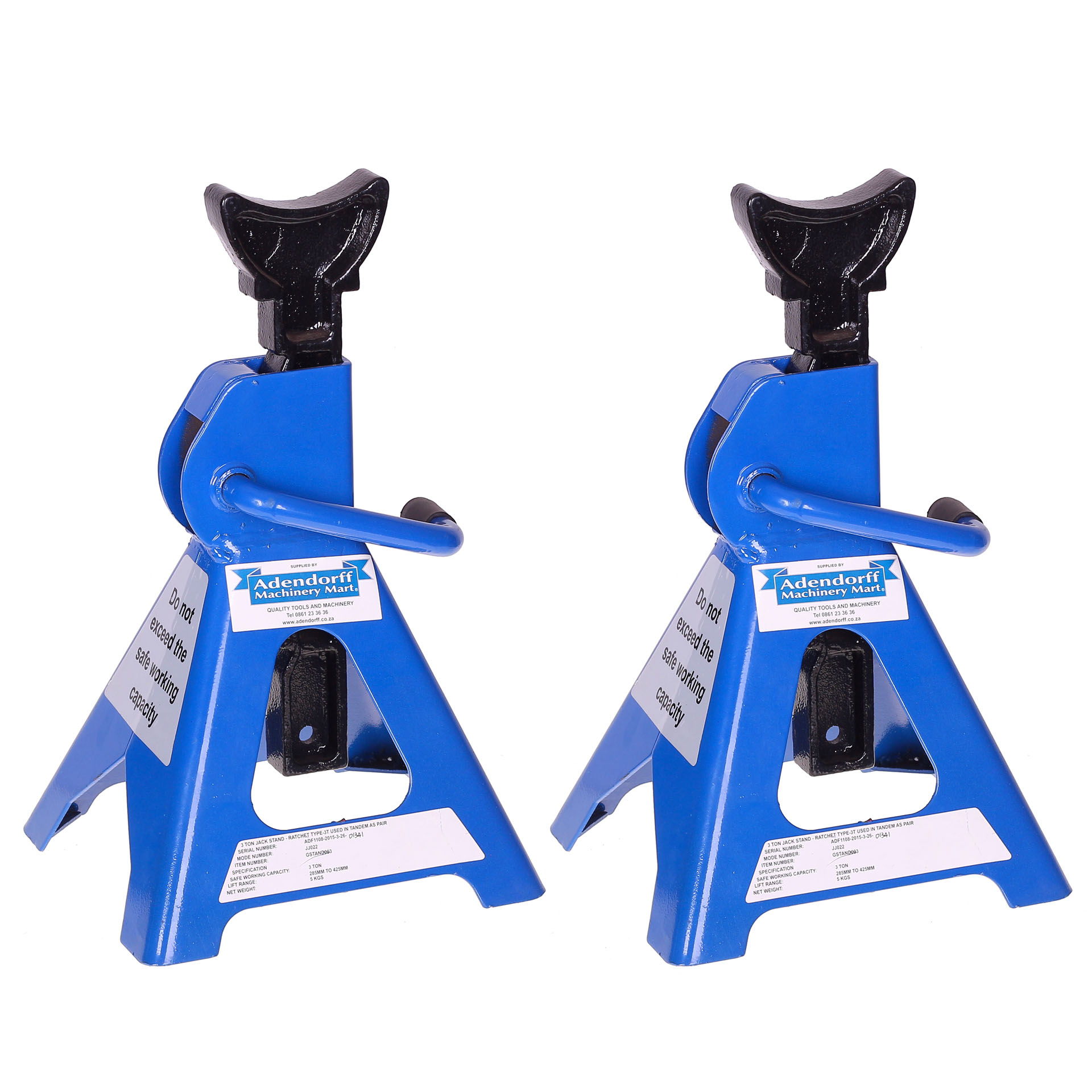
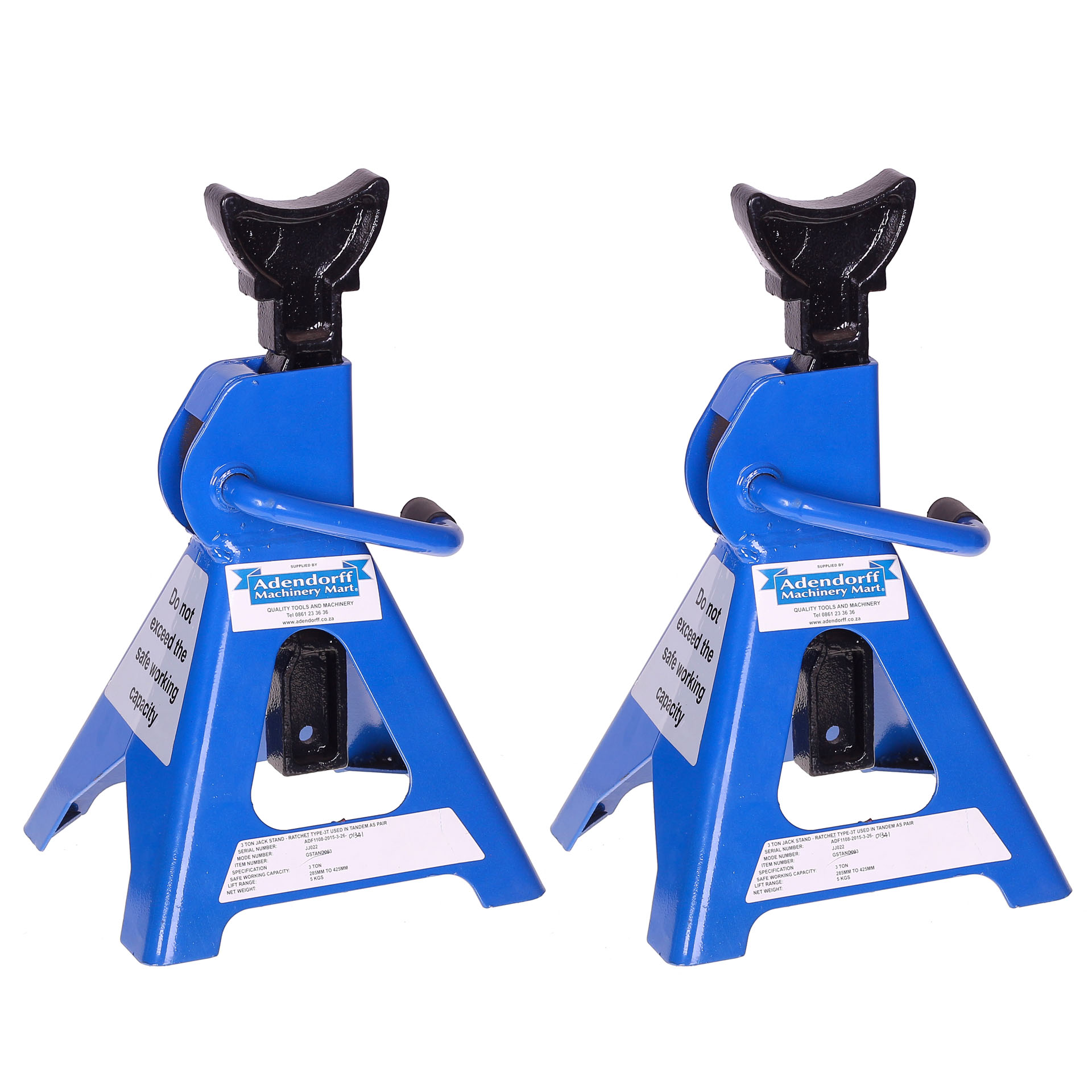
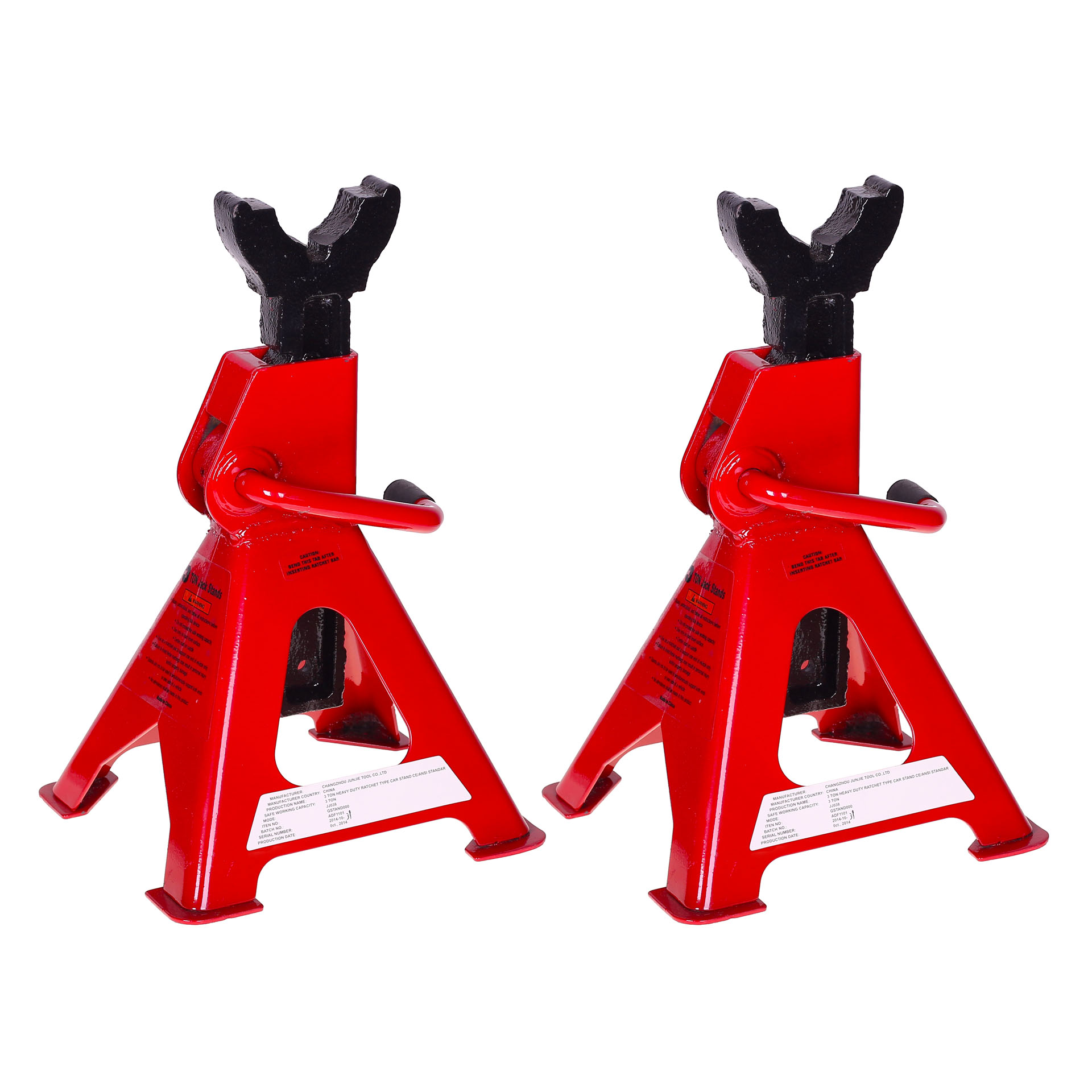
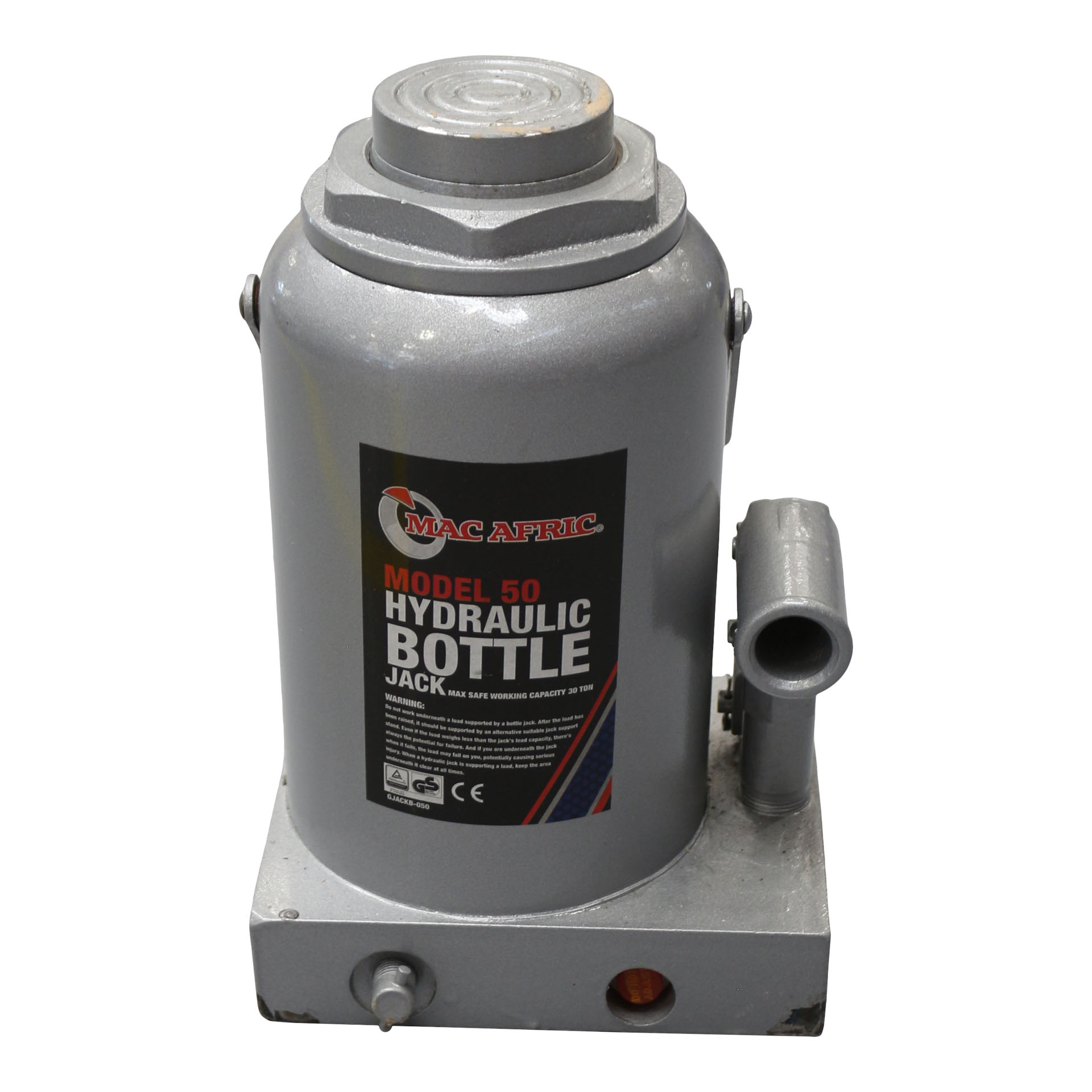
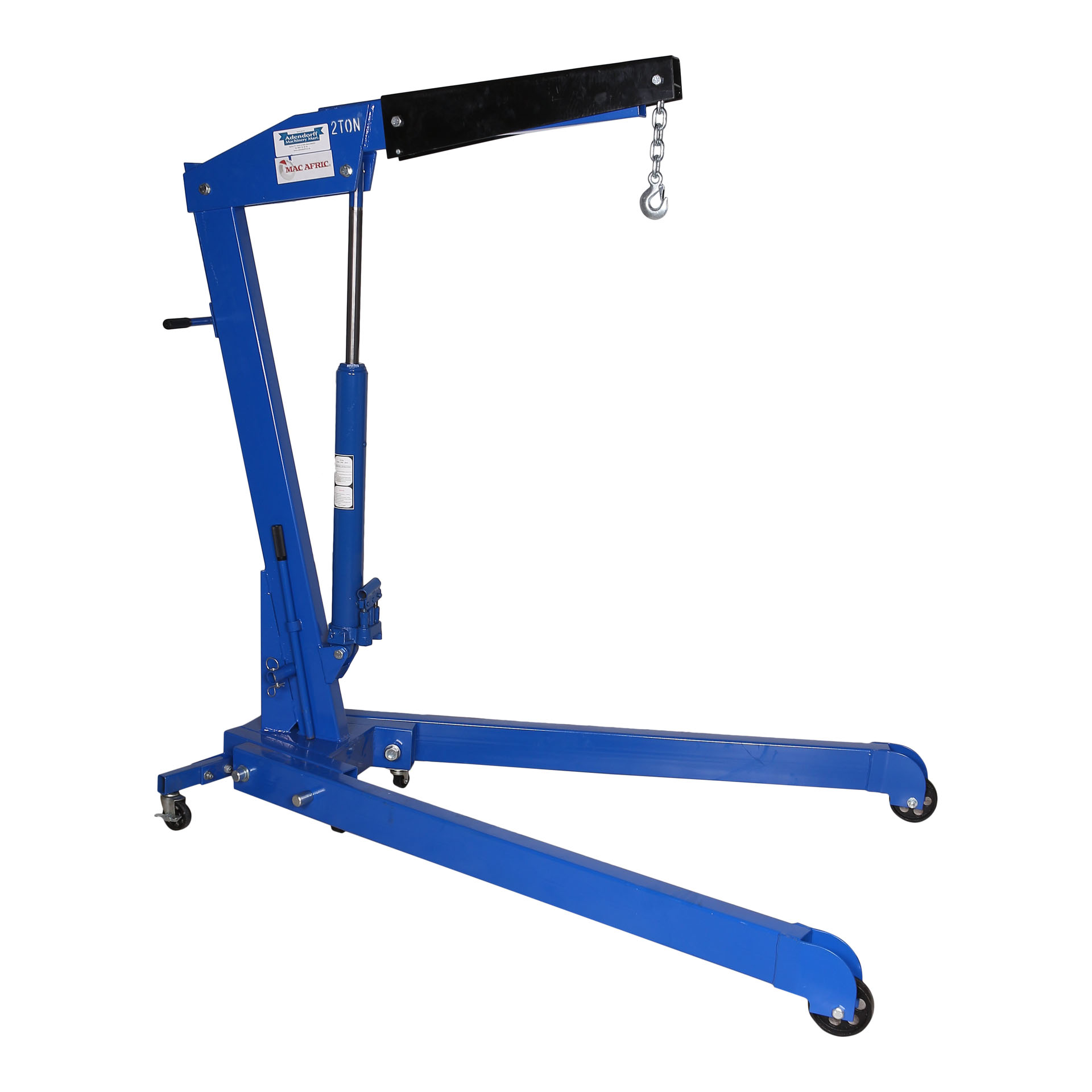
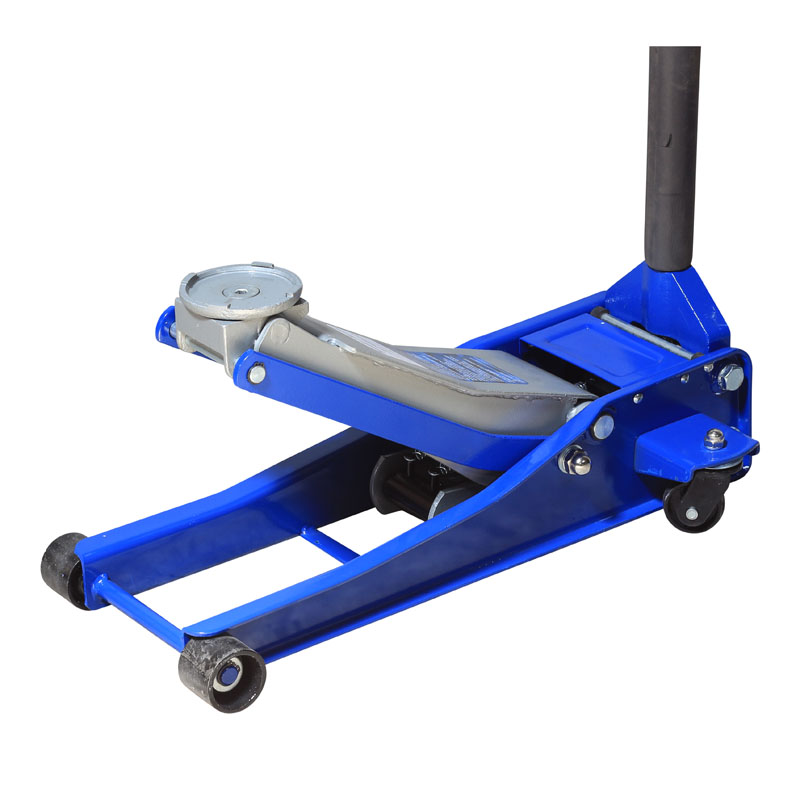
 No products in the cart.
No products in the cart.
Reviews
There are no reviews yet.